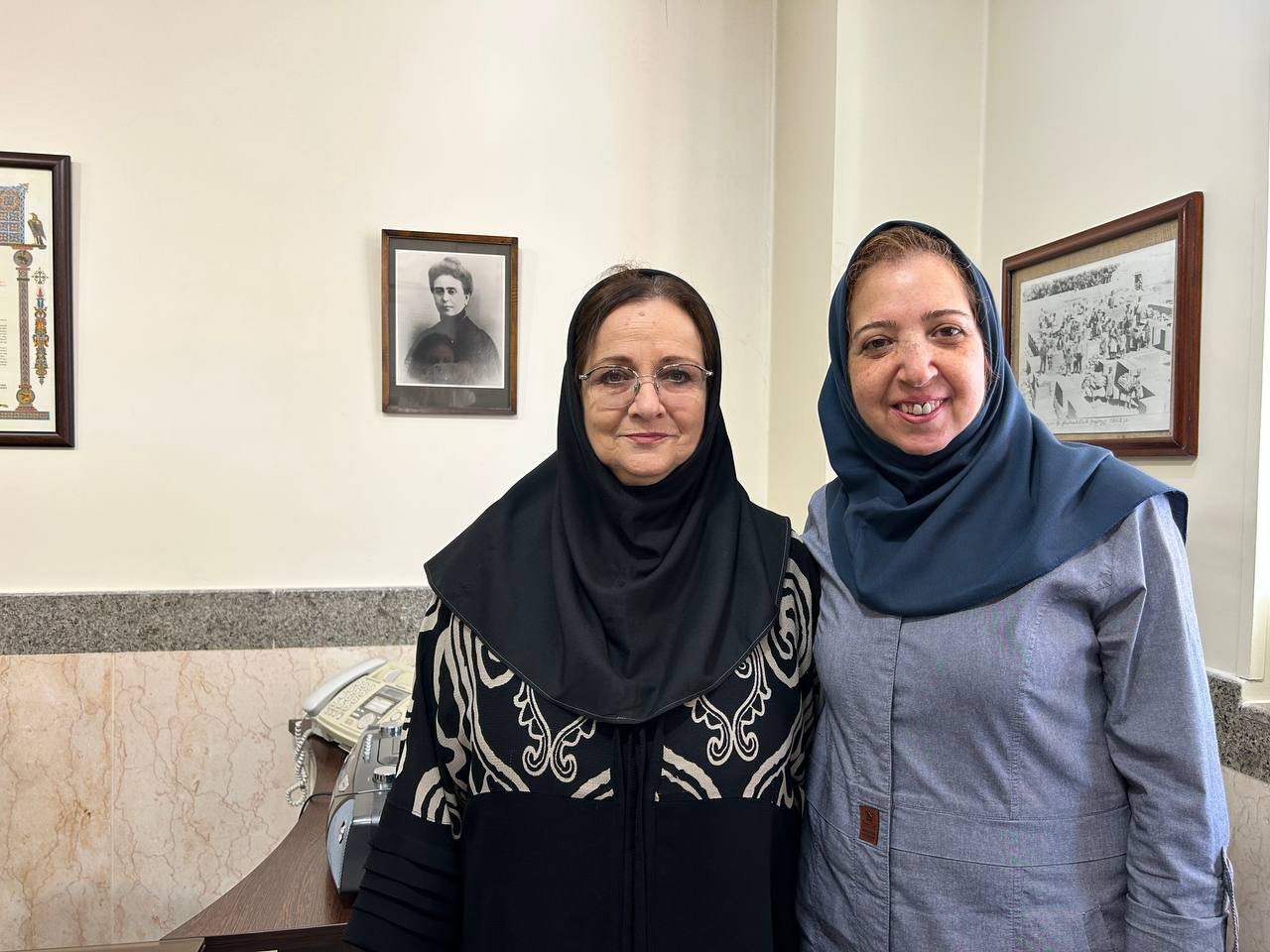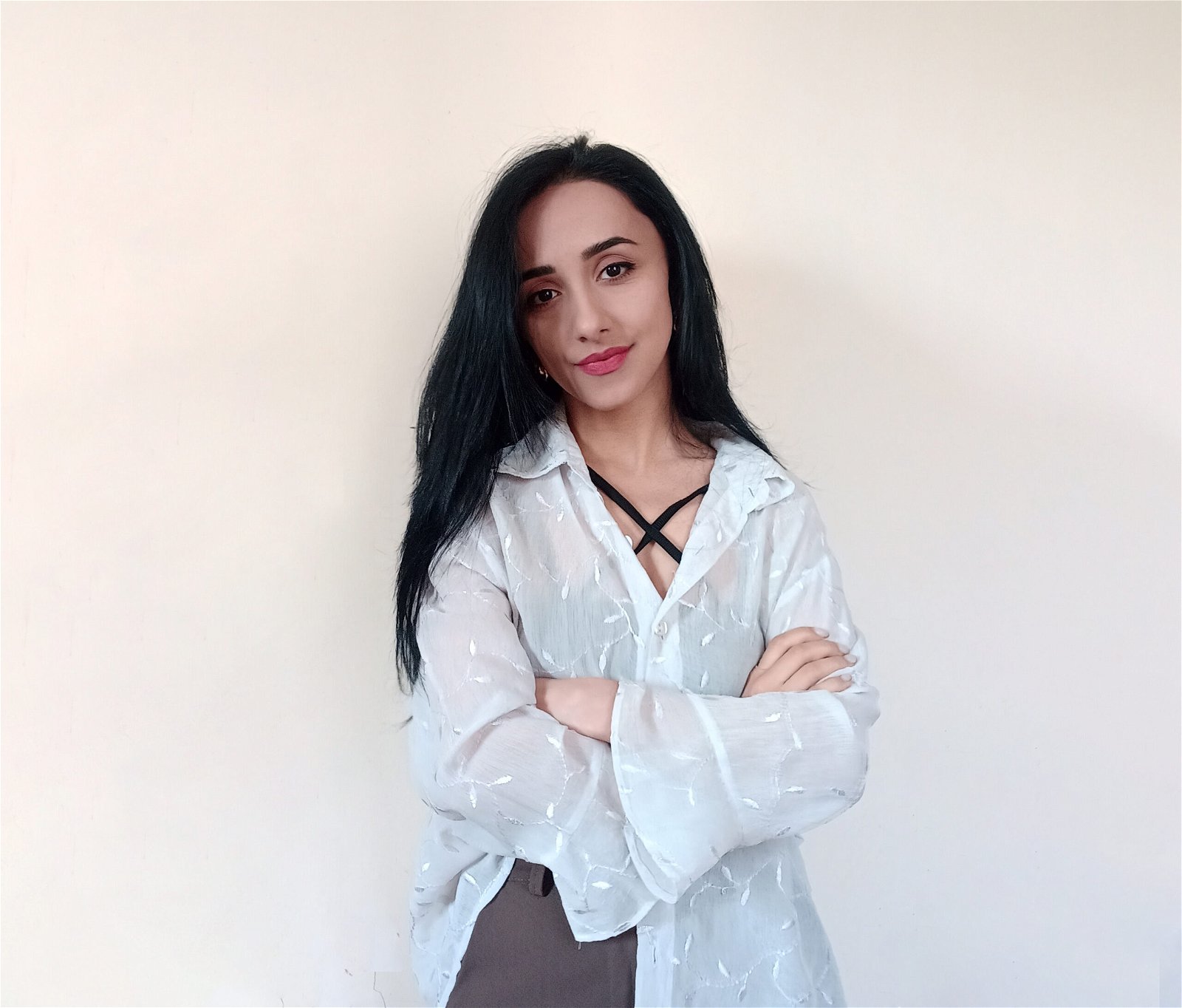The Armenian footprint in the Islamic Republic of Iran has a centuries-old history. Discussions about Armenians in Iran typically commence with the phrase, “Armenians were the first…” Armenians founded the first printing house in Iran and throughout the Middle East and were pioneers in photography, theater and the film industry.
Armenians make up the largest religious minority and the foremost Christian community in Iran. One of the largest centers of the Armenian community is in the Armenian quarter of Isfahan. From Ani cafe to a glimpse of Grigor Narekatsi’s holy book through the window of a bookstore, everything in New Julfa, or Nor Jugha, breathes Armenian.
Armenian schools have existed in Iran since the 17th century. Unlike many parts of the diaspora that are threatened by assimilation, Armenians have maintained a strong identity in Iran, and schools have played a key role in protecting and passing down Armenian heritage. However, the historic community has been shrinking due to high rates of emigration from Iran in response to the political situation in the country.
On the first day of Mehr (the end of September in the Gregorian calendar and the start of the school year in Iran), there was indescribable activity in New Julfa: colors, flowers, balloons and happy voices as students rushed to the “Armen” national school, holding the hands of their relatives. Young children in colorful clothes, on which their names were written in Armenian letters, dashed to the kindergarten.
I was accompanied to the school by an Armenian woman whose children had graduated from there and one of whom was now employed by the same institution. On the walk, she shared that their 400-year-old community has shrunk in the last few decades. Most Armenians from Iran emigrated to the West, mainly to the United States.
“But when I see with what enthusiasm our enlightened new generations learn Armenian, I understand that all is not lost. This new generation is more responsible, more open-minded,” she said.
Seeing the enthusiasm of children in the yard and their even more excited parents, I understood that this day may be the most important for Armenians living in the Diaspora. It is thanks to education that they continue to preserve their national roots.
While the active schoolchildren, who were still in a vacation mood, whispered and laughed in each other’s ears, their parents and grandparents listened to the speeches of the community leader, priest and school director. The schoolchildren looked impatient and shielded themselves from the sun’s rays with the bouquets of flowers in their hands, not paying attention to the messages of responsibility the adults were imposing on their carefree generation.
Raya Khoudaverdyan, who has been engaged in pedagogy for more than 33 years, welcomed parents to the school with a friendly smile and answered their questions. As a member of The Educational Council of the Diocesan Council of the Armenians in Isfahan for three periods, Khoudaverdyan is closely acquainted with all the features and difficulties facing the school.
Along with the educational program approved by the state, the community is also allowed to have an Armenian curriculum. “We teach kindergarten entirely in Armenian. We have class time to teach Farsi so that children don’t have difficulties when they attend primary classes. Currently, we offer nine Persian lessons per week here,” Khoudaverdyan said.
Ten hours a week are devoted to learning the Armenian language. Children learn the history of the Armenian church, Armenian language, literature and history. During the compilation of Armenian language and history textbooks, the school maintains contact with leading specialists in the Republic of Armenia. The celebration of Armenian national holidays plays an important role in the school’s efforts to preserve Armenian.

“We celebrate all our national holidays and memorial days, including April 24, May 28, Vardanants’ Day and Mother Language Day. We are working to ensure that Armenian education is not lacking. Every morning before entering school, children pray in Armenian. We put a lot of effort into speaking Armenian. Mrs. Rima speaks Armenian with the students every morning. We even agreed that we will not use the word ‘okay’ but will say ‘shat lav’,” said Karine Minasyan, who was supposed to retire three years ago but continues to be dedicated to serving her community and working as a school director.
The school also has Armenian song and dance groups, which play a major role in the preservation of Armenianness in a foreign country. “I was once asked by several parents how they can make the atmosphere and spirit of the house patriotic. That’s how we decided to establish those groups, and it worked. Now they say that they constantly listen to Armenian songs in their house, and thus the atmosphere of the house becomes Armenian,” said Rima Simonian-Ohanian, deputy inspector and honored teacher of the school.
Parents also attend the song and dance groups on designated days and reading groups during the summer break. “We felt that it is not enough to push children to patriotism. We should involve parents as well. We face difficult times, and the Diaspora has a lot to do. That’s why we try to make patriotism as deep as possible. We have a special day when parents come and Mrs. Rima practices literature with them,” Minasyan said.
“In the summer, we practiced Armenian with our parents. We had about 30 parents. During that time, I saw that people had not even read ‘Anoush’ by Hovhannes Toumanyan. Now those groups are getting bigger. We even have participants who are not parents of students but are interested and attend the groups,” Simonian-Ohanian said with humble pride.
Behind Simonian-Ohanian’s round glasses, she has the kinds of wrinkles that are typical only for educators with decades of experience. Simonian-Ohanian has been in the field of education for 45 years. She taught Armenian in Great Britain, Shiraz and now Isfahan, her birthplace. Forgetting the time, I became a student again and listened absorbedly as she shared the story of Varvare Kananian, a wealthy Moscow-based philanthropist who founded a kindergarten and a girls’ school in New Julfa in the first decade of the 20th century.

Armenians in Iran are given the privilege of having a mixed-gender school. This is an exception in Iran, where men and women cannot sit next to one another on public transportation.The mixed-gender school is the result of the efforts of the school’s administration and the Diocesan Council of the Armenians in Isfahan. It is the best solution that has been approved by the state, rather than closing schools due to the decreasing number of Armenian students.The educational complex was built a few years ago. Its costs are covered by the church presbytery, with a very small amount collected from the students. Before that, boys and girls attended separate schools.
This is the third year that the school has operated as a mixed-gender school. The school employs both Persian and Armenian teachers hired by the state. “We had very difficult days until we got used to it all. We ourselves were not used to it. It was a world of contradictions for us,” Minasyan said with a soft smile. “But then everything fell into place. Our Iranian teachers approach the issue of being a mixed-gender school very calmly and delicately. From the beginning, we thought it would be very difficult and challenging for them, but fortunately they showed a very calm approach, and we had a very good start,” Simonyan-Ohanian continued the words of her colleague.
The official name of the school is “Armen,” but the teaching staff calls it “Qananean and Katarinean,” paying respect to the old schools of New Julfa and glorious historical past of the community. In 1858, the first girls’ school in all of Persia was opened in New Julfa. It was unheard of and incomprehensible at that time.
“We prefer to call the educational complex that way. It is important for us to keep alive the memory of those people who made a huge contribution to preserving Armenianness here,” Simonian-Ohanian said, pointing to Kananian’s portrait hanging on the wall.
I saw a generation of women holding high, important positions within the existing patriarchal system. Through their daily work and principles, they not only educate the youth, but also demonstrate respect and solidarity towards the legacy of Kananian, a woman who made a crucial contribution to future generations of Armenian women—a sisterhood that has broken through the constraints of chronology.
The scene was highly symbolic. I saw a generation of women holding high, important positions within the existing patriarchal system. Through their daily work and principles, they not only educate the youth, but also demonstrate respect and solidarity towards the legacy of Kananian, a woman who made a crucial contribution to future generations of Armenian women—a sisterhood that has broken through the constraints of chronology.
While Simonian-Ohanian deals with school management and cultural issues, Minasyan deals with official, bureaucratic issues. According to Minasyan, the main success of the school is that teachers, staff and administration share their work equally and work together for one idea. I could see the proof of Minasyan’s words in her mutual cooperation with Simonian-Ohanian. They completed each other’s words, and while one told a story, the other gave examples for context. “There is no ‘I’, there is ‘we’. In 2019, we were considered the best educational center in Isfahan province. It was a great honor to receive such an honor among thousands of schools,” Minasyan said.
The Armenian community actively participates in the public life of Iran. Armenian school graduates have achieved great success in various fields. As Minasyan noted, the community, although small, is very powerful. “Our children are quite successful in state festivals. We have had students who are now our colleagues. We are very proud that our students are working with us now,” Minasyan said.
The reputation of the school has spread beyond the Armenian community. Many Iranians have contacted the school, expressing their desire to enroll their children, but the state allows only Armenian Christian students to study at the school.
“There is much work to be done in the Diaspora. Our work is very complicated. We need a lot of energy and human resources. We must burn to be able to give a little light,” the women concluded our conversation.
Simonian-Ohanian and Minasyan stood in front of the picture of Kananian, next to which many honors and awards were lined up. I saw three enlightened, sophisticated women who have done their best to invest in educating enlightened and responsible generations. Looking at that symbolic scene, I understood that the future will be bright, and Armenians will continue to live and create wherever they are in this big world.



Thank you for the informative and positive article. Hearing Armenian communities survive and succeed in middle east is very encouraging.